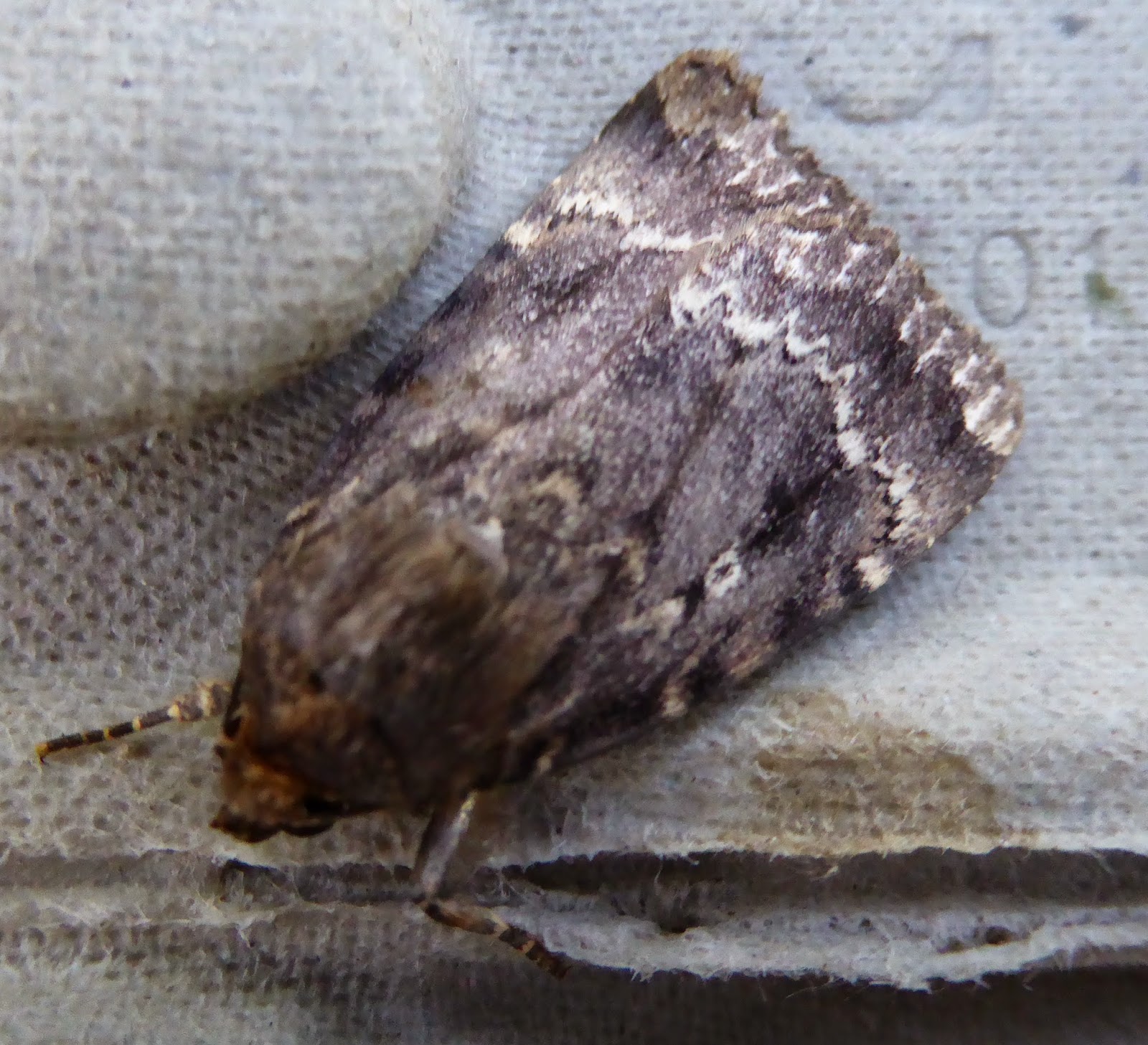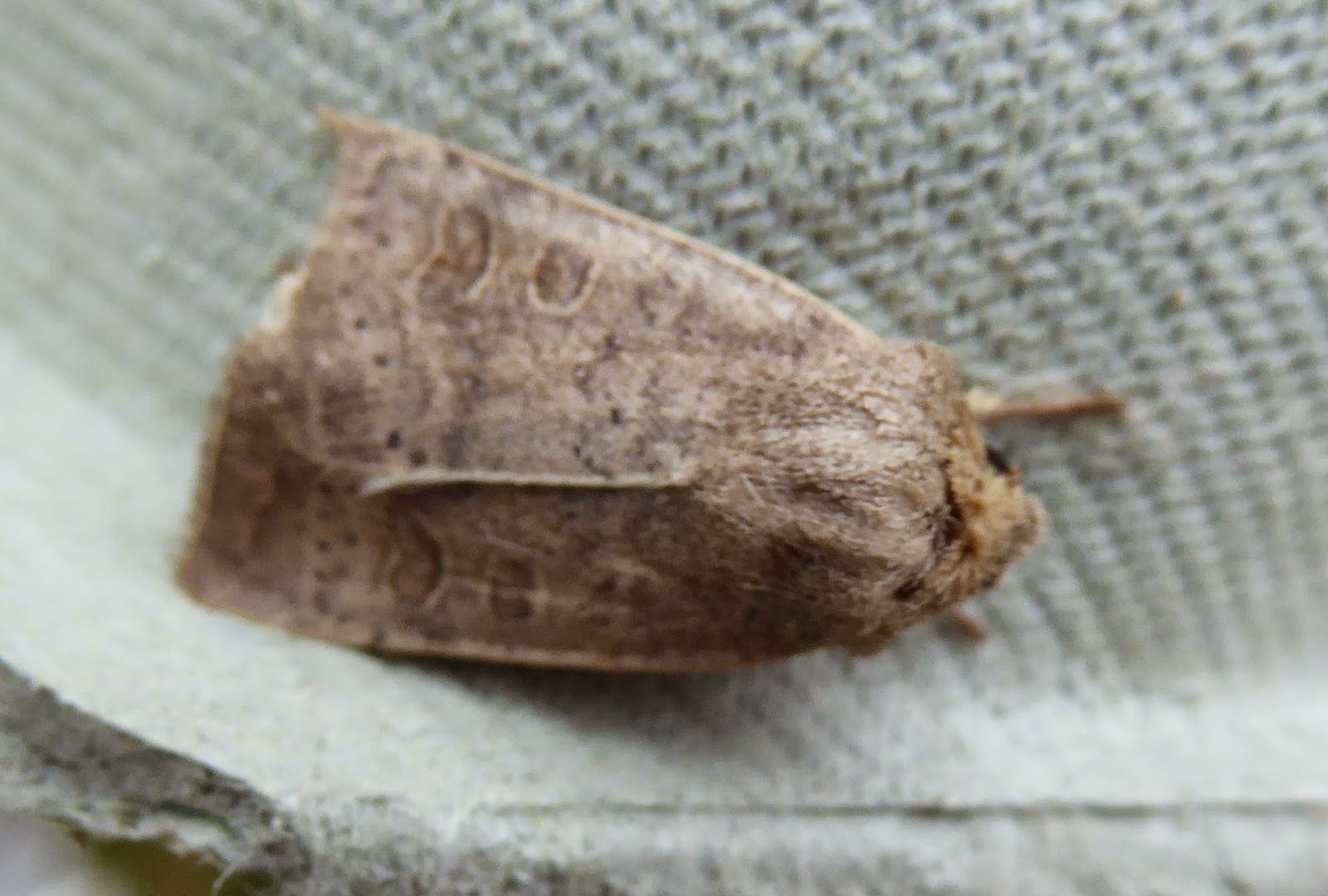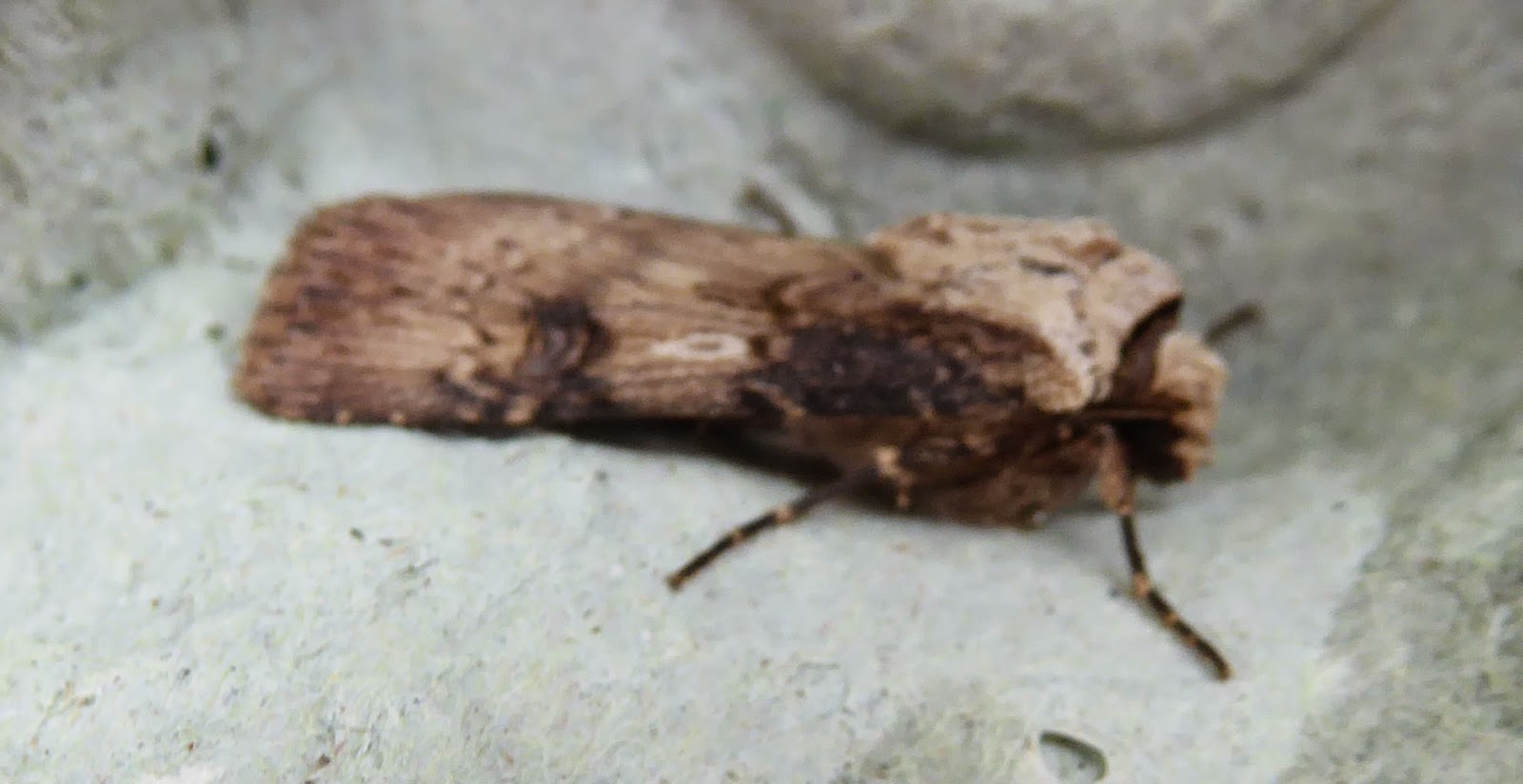We met at 18:30 to sample at our usual site near the cricket nets.
This is what we recorded:
Organisation:
Abington Naturewatch
Site
name:
Cricket Pitch Reach, Abington, Cambridge
River:
Granta
Grid
ref:
Monitoring
Group Coordinator:
Rob Mungovan
Date:
12 August 2014
Recorded
by:
Anne Dunbar-Nobes and Peter Brunning
Cased
caddisfly:
Nil
Caseless
caddisfly:
Nil
Mayfly
Ephemeridae:
Nil
Blue-winged
olive:
Category B, Estimated number 20
Flat
bodied up-wings:
Nil
Olives:
Category C, Estimated number 120 (all very small)
Stoneflies:
Nil
Gammarus
(Freshwater shrimp): Category B, Estimated number 35
River
low; overcast, windy, cool evening (6.30pm); three kick-shuffles undertaken
within the allotted 3 minutes
- stones/rocks on bottom, small amount of weed;
- large stones/gravel shallow area;
- in main river flow over stoney bottom.
Note:
now the reach is so shady, and recent heavy rainfall has increased the flow and
removed the weed and riffles, there is very little variation within our 30 metre
stretch – no silty areas or thick weed beds.
Hatches
seen: none
Other
fauna: Signal crayfish (5); tiny leech, red hairworms (2)
Non-catches:
water snails, fish, beetle larvae
 |
| Hairworm |
 |
| Shrimp (Gammarus) |
 |
| Signal Crayfish |


































